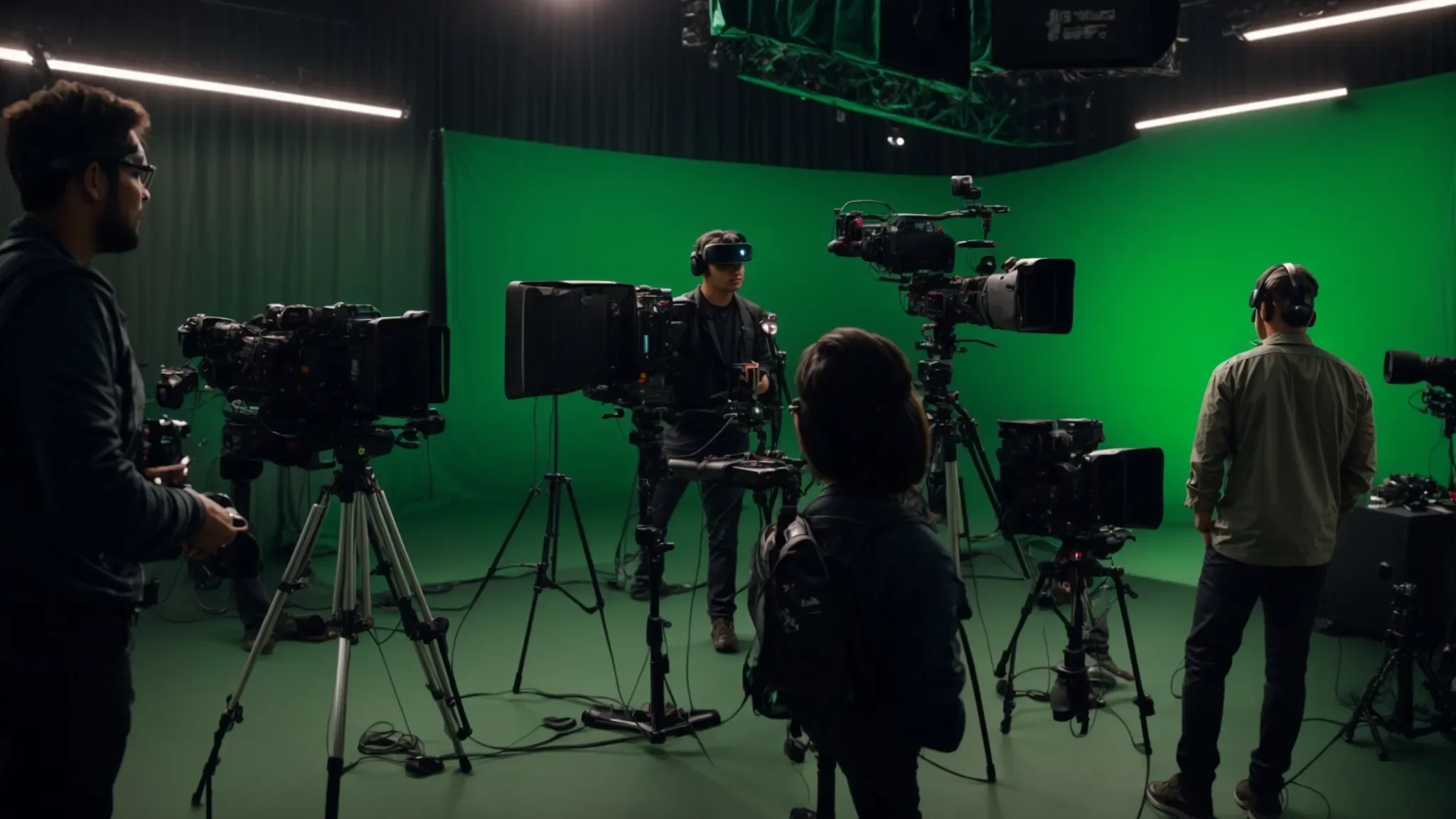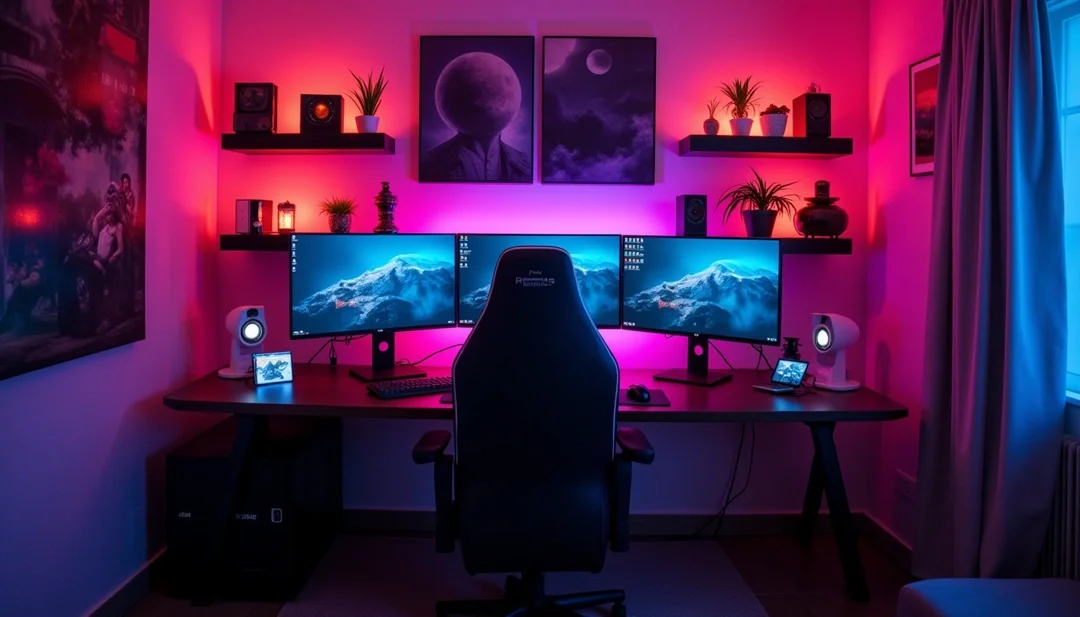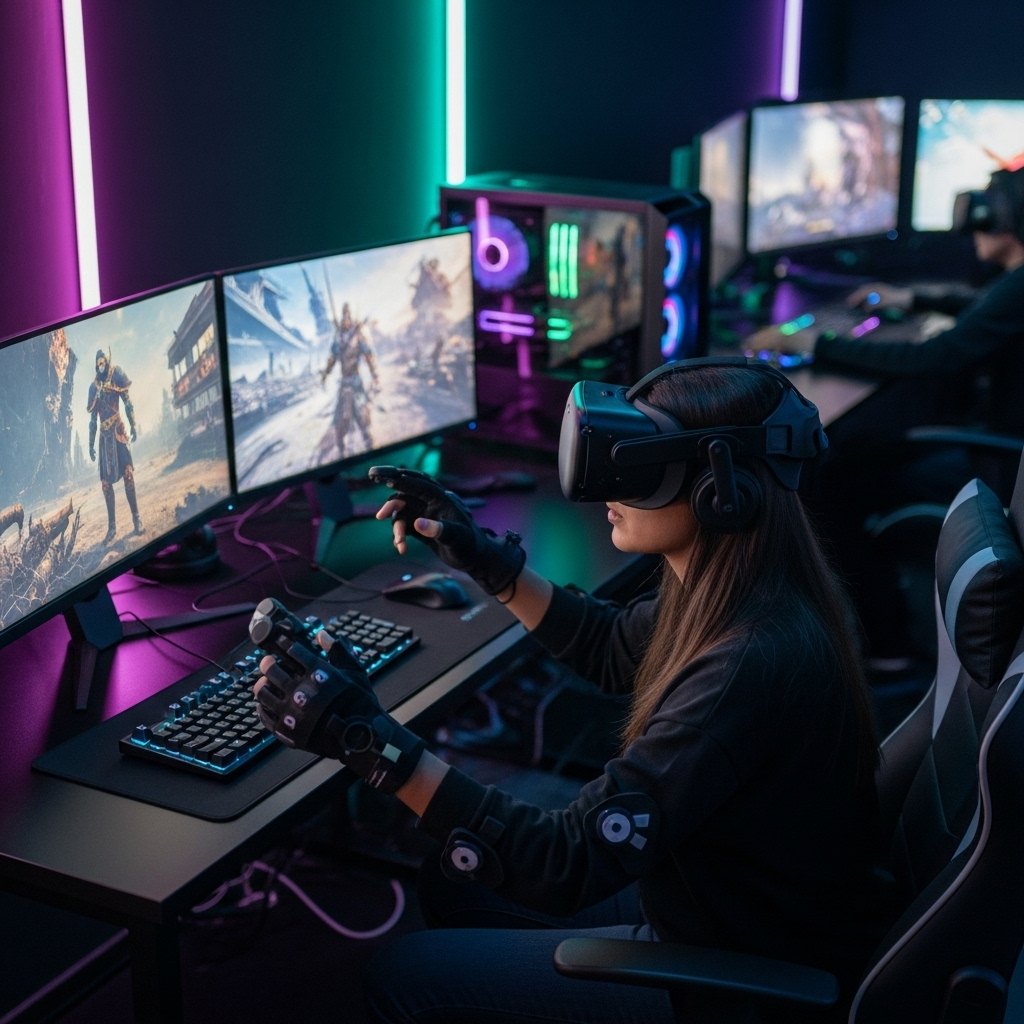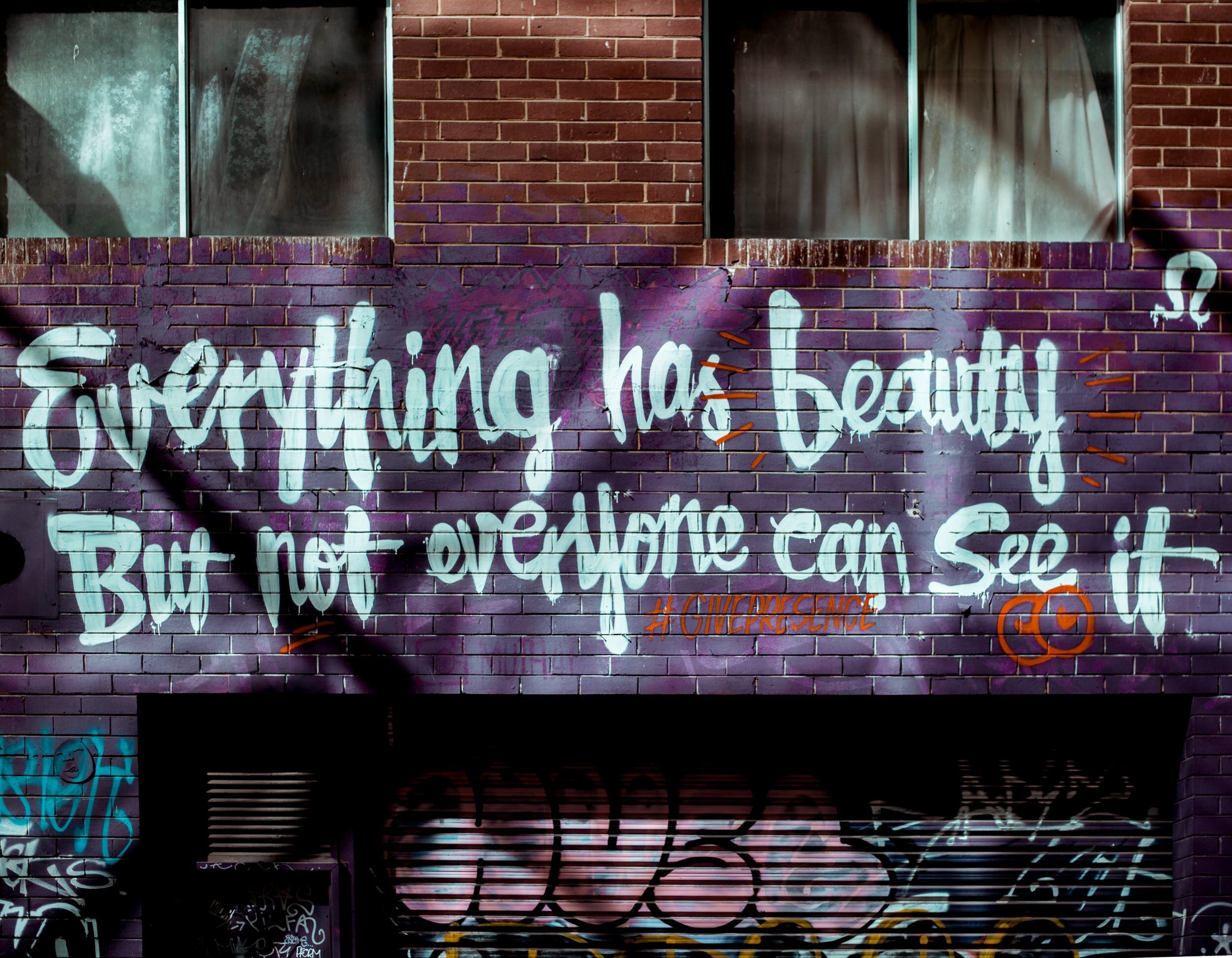In the middle of awards season, major announcements in the media and entertainment industry defined February’s news. While Spotify prepares to ramp up its product offerings, new AI-powered tech is winning Grammys and helping make magic happen on the big screen. All this takes place in the shadow of some major policy announcements regarding copyright and AI.
Generative AI Text-to-Image: Artist, Audience and the Comic Book Industry
As little as ten years ago, the capabilities of image generators were mere fantasy. Now, images can be made in seconds or minutes and children’s books can be generated in an hour, but how will this impact an industry where the art is at the forefront of consumers' minds? Comics, whether they be digital or print, have been heavily dependent on individual or small groups of artists to weave together stories. The ease of using AI to replicate that work may not be simple.
How President Biden's Executive Order Might Affect Artists and Arts Organizations
On Monday, the headlines were ablaze with President Biden’s executive order addressing safe, secure, and trustworthy Artificial Intelligence. At 111 pages, the order offers a breadth of policy frameworks and standards creation that affect government operations and industry reporting. However, several areas of note have a direct potential impact on the work of artists and arts organizations: Watermarks of content authenticity, Copyright, and Labor.
Hey, That's Mine! Art Ownership in the AI Age
Music Piracy Through NFTs: Copyright Infringement in the Age of Blockchain
NFTs, or non-fungible tokens, have gained massive popularity in recent years, touching industries from fashion to video games. NFTs occupy a unique space under copyright law, but are subject to the basic rules other art forms are. The law protecting digital assets, the Digital Millennium Copyright Act (DMCA), was passed in 1998 before NFTs were prevalent. The DMCA allows any artist to request a work be taken down if it is something they have ownership over and did not authorize its publication. This extends to artists with any ownership stake, whether they are a singer-songwriter with sole ownership over a song, or a whole team of writers and producers. While NFTs have the potential to benefit musicians, the music industry has fallen victim to the copyright issues NFTs present. Music industry professionals should understand the vulnerability of their work and consider monitoring NFT marketplaces to get ahead of being victims of copyright infringement.
NFT Showdown: Miramax vs. Tarantino
There is ongoing legal debate around Quentin Tarantino's latest project, an exclusive behind-the-scenes NFT collection based on the 1994 Miramax blockbuster hit "Pulp Fiction," published in December 2021 on Opensea by SCRT Labs. A California lawsuit will determine whether Tarantino's plan is too cavalier, and whether Miramax should receive a cut of the sale. Today’s NFT world is governed by crude and antiquated laws surrounding copyright and trademark ownership. Hopefully this lawsuit establishes new legal boundaries and guidelines for future cases. In the meantime, NFT collectors should stay wary of ambiguous claims and unclear terms.
NFTs Legal Considerations and Implications
In early 2021, the $69M sale of Everydays – The First 100 days, by Beeple, sprung NFTs from a niche but growing section of the digital art world into the mainstream public consciousness. Google searches for NFTs skyrocketed. Saturday Night Live spoofed the rapid sector growth with a parody of Emenim’s “Without Me” entitled “What the Hell’s an NFT.” A 10 second clip of the sketch was subsequently turned into an NFT which sold for $365,000. As pop culture awoke to and embraced this facet of the digital art world, so too has the urgency for artists, museums, and collectors to understand the rapidly evolving legal considerations within the NFT space.
Promoting Digital Media Art through Digital Media tools
In our technology-stuffed world, the difficulties faced by video artists seem paradoxical. Due to high up-front costs, and the difficulty of handling and selling digital technologies, established institutions such as art galleries and museums often shun their work. Artists may look at the entertainment industry as an alternative, but find themselves unfulfilled, as musicians typically come first in these sorts of collaborations.
SOPA and PIPA - Fighting online piracy or stopping innovation? Open source alternatives to common utilities.
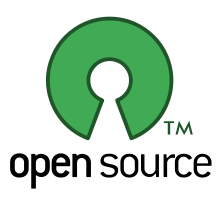 This Wednesday, 1/18/2012, Wikipedia, Reddit , and Boing Boing will go dark in protest of the Stop Online Piracy Act that is being considered in US House and the Protect Intellectual Property Act in the US Senate. These protesters are asking for the US public to call or write to their elected officials regarding the proposed legislation. Bloggers in this forum have taken a stance against limiting open source and net neutrality in the past and these two bills pose no less of a threat to the innovative culture that is open source.
This Wednesday, 1/18/2012, Wikipedia, Reddit , and Boing Boing will go dark in protest of the Stop Online Piracy Act that is being considered in US House and the Protect Intellectual Property Act in the US Senate. These protesters are asking for the US public to call or write to their elected officials regarding the proposed legislation. Bloggers in this forum have taken a stance against limiting open source and net neutrality in the past and these two bills pose no less of a threat to the innovative culture that is open source.
Although there has been a healthy open source community for decades, legislation like SOPA or PIPA would exclude open source software opportunities to developers in the US if passed. These bills would essentially lock down portions of the internet to users in the US by creating a federally kept blacklist of internet sites that internet service providers would in turn prevent from being served to their US customers. This would prevent the US public from accessing the steady stream of free content from the open source community that has been continuously redefining the online world for decades.
Open source has been the frontier of technological innovation for decades and by passing this legislation the US Congress will simply ensure that the next Facebook, Google, or Amazon simply never get off the ground from US soil. In celebration of Open Source a list has been compiled with some great open source alternatives to common commercial software packages that can be downloaded for free:
1) OpenOffice: Similar functionality to MS Suite with modules for word processing, spreadsheets, databases, presentation and drawing
2) Dia: Produces charts and flowcharts like MS Visio.
3) WordPress and Joomla: WYSIWYG web page builders that compare favorably with aspects of Adobe Dreamweaver.
4) paint.net: An image editing program with much of the some of the same functionalityof Photoshop.
5) Pidgin: A messaging aggregator, useful in communicating with all the disparate messaging programs out there.
*) Foxit: A pdf reader that won't bog down your system and won't update every six hours like Adobe Acrobat does.
Protect Your Digital Images Online: Methods for Controlling Your Intellectual Visual Property
“We Are More Often Treacherous Through Weakness Than Through Calculation.” -Francois De La Rochefoucauld
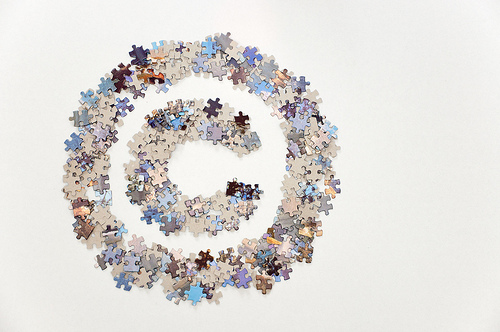
It is my intuitive belief that most theft of images happens online because it is really, really easy. Indeed, this isn’t the first and it won’t be the last article on the Internet about preventing people from stealing your visual images. The only real way of guaranteeing that no one steals the digital copies of your artwork is to not put it up. This, however, is n
ot necessarily a viable option for those interested in reaching an audience in the information age.
The following are a few simple ways to make it more difficult for others to copy your images.
1) Disable right click on images Code in commands to disable right click on images or <body oncontextmenu="return false;"> You will circumvent a good portion of casual illegal copying your images.
Pros: Easy, fast to implement Cons: Doesn’t block other common types of theft.
2) Digital watermarking Enter this term to any search engine for vendors who can help you acquire these services. They vary from simply imposing a subtle image onto your work once it is copied to embedded code that helps you track usage of your image whenever and wherever it is used.
Pros: You can embed visual trails back to your home website and boost your traffic, helps prevent people from passing off images (once they are stolen) as their own, and relatively fast to implement. Cons: The software will cost money and take time to implement. The watermarks are superimposed on your images and can detract from their impact.
3) Copy protection software Type ‘Copy Protection’ into your search engine and numerous software products will turn up for a variety of price points.
Pros: Copy protection software can be quite sophisticated and can dissuade a great majority of the population from coping your images. Cons: The software will cost money and take time to implement.
4) Adobe Flash Images in an Adobe Flash slide-show are much harder to copy.
Pros: You maintain quality, Flash is nifty Cons: Not everyone has Flash on their computer. People can still take screen shots. If you don’t know flash it will cost you money to implement through a designer.
Protecting intellectual property is also a matter of law and a serious one at that. For more information, legal information, please consult with a intellectual property attorney. Most states have pro-bono service organizations for artists. Simply enter in “lawyers for the arts <your state name>” into your search engine and you will be well on your way. For more general information about copyright law I would suggest you review a few more nifty articles about protecting your intellectual property.
(Photo: CC by Horia Varlan)
Fair Use of Dance-Related Materials: A Discussion
In response to CAMT's "Social Media, Video Footage and the Law" white paper, Lisa Niedermeyer from Jacob's Pillow Dance Festival contacted us with a related video about fair use as it relates to dance-related materials. As the white paper mentions, fair use can be a nebulous concept as far as what, how, and how much copyrighted material can be legally used. The video is a more detailed discussion of The Dance Heritage Coalition's published statement "Best Practices in Fair Use of Dance-Related Materials". It features curators, archivists, documentary filmmakers, librarians and other collectors of dance-related materials discussing what they currently regard as reasonable application of the Copyright Act's fair use doctrine.
What you need to know about viral video and the law
![]() Technology in the Arts has just released a publication reviewing legal issues surrounding using video footage online. (Access the PDF publication here.)
Whether you are in marketing, development, education or operations, chances are that you will encounter some kind of contract or legal issue involving performance footage, either online or offline. This white paper serves as a survey of current industry trends and practices, as well as a guide to those exploring the ever-changing landscape of online media and the intellectual property and union issues associated with it. While nothing can replace the advice of a good lawyer on legal issues, this guide can alert you to potential problems while you are planning online media campaigns involving performance footage.
Technology in the Arts has just released a publication reviewing legal issues surrounding using video footage online. (Access the PDF publication here.)
Whether you are in marketing, development, education or operations, chances are that you will encounter some kind of contract or legal issue involving performance footage, either online or offline. This white paper serves as a survey of current industry trends and practices, as well as a guide to those exploring the ever-changing landscape of online media and the intellectual property and union issues associated with it. While nothing can replace the advice of a good lawyer on legal issues, this guide can alert you to potential problems while you are planning online media campaigns involving performance footage.
Do you have a story about issues you've had distributing performance footage online? Please share below.
Mobile apps and the arts: where we are and where we're going
2009 saw many new technologies first start up (like Google Wave), slowly emerge (mobile apps), or explode with popularity (Twitter). In the past year, we at Technology in the Arts have been writing a lot about the emergence of mobile technologies in the performing arts, particularly the emergence of mobile apps. We’ve highlighted disagreements between artistic and administration staff about the role of phones in the audience, as well as the new and unique ways orgs are promoting the arts through apps. We featured a short video of mobile marketing guru Ron Evans of Groupofminds demonstrating new apps as part of a webinar hosted by the Center for Arts Management and Technology on “Mobile Applications for the Arts: Where Are We” (more on webinars at the freshly made-over CAMT site.) I caught up with Ron again around New Year's to discuss where mobile technology is now and how we might expect it to develop in 2010 and beyond. Amelia: What do you think arts patrons want in a cell phone app? What are the most successful examples that you’ve seen at giving the intended audience what they want?
Ron Evans: In a study I recently completed for the Artsopolis Network (who is considering building a mobile application to allow patrons to access their arts calendaring portal), of patrons aged 48-64, surprisingly one of the top results to your question is "Parking." People really want to know what parking options are available to them before the event, how much the parking costs, etc. This is a perfect example of some of the answers one might overlook when focusing on the arts organization's presentation of "the art" and is really very practical and useful information to know. Other responses that score high include restaurant information for pre/post show activities, availability of events near the users location (and the event start times), getting directions to the event, and being able to purchase tickets through the app (hopefully with discounts). These are all practical responses, and that's ok right now -- we're in a phase of early adoption, and outside of these functions that they are already familiar with (using Yelp to find restaurants, or using the iPhone's maps to get directions to a location) people don't really know what they want yet. They will be attracted to new phone technologies/capabilities that are cool as they develop.
A: In the current marketplace, what are these apps useful for? Is it simply audience engagement and a connection with the organization? Is it selling tickets? Or do you think that at this point they serve more as publicity devices—the organization that comes up with a cool app gets written up in papers, and gets a reputation for being forward-thinking?
RE: I feel that it is all of the above. If your arts organization creates a mobile app, it still feels like magic. Since many groups are local or regional and not national in scope, it doesn't really matter if an arts group in Boston creates an app similar to the one you just created in San Diego -- to your local community, you're cool. You're looked at as a forward-thinking organization with resources to spend on research and development, and I've seen several funders interested in funding new technology like this. Now, there aren't many examples of financial return on investment for the creation of an app. But similar to social networking, there are many examples of a visibility return on investment, and that's of course quite useful in many cases. But some people have to be the pioneers, who build things because they are fun and cool and give a new spin on the experience -- those people are the ones that eventually find the ROI. But to finish your question, apps can be designed to serve a variety of purposes, from deepening audience engagement to simply helping people find events to attend in the first place.
A: Back in the 90’s, there was a big “everyone needs a website” push for all commercial and non-profit orgs. Now everyone wants their website to be mobile-accessible. Is the next step that everyone needs a mobile app for their organization? In short, are apps right for everyone?
RE: Let's draw a quick distinction between mobile accessibility and mobile apps. The former is simply having a website that looks good when viewed in a mobile browser, and this is an absolute must-have. The latter is the creation of a new software program that people can download from places like the Apple AppStore, and is not a requirement, but is certainly cool. For a mobile-accessible site, your web designer should create a mobile-friendly version of your site, and you should try it out on various phones. If you use a content management system such as Wordpress or Drupal, there are free plugins that will do this for you automatically -- it's quite easy, and has the advantage of working for any phone with web-browsing capability. Mobile applications however, only work on the phone they were designed for, so you need different applications for the iPhone, the Droid, Blackberrys, Nokia's, etc. New tools are looking to make this a bit easier: for example, there are software coding environments that allow you to code your app in a general way, and then spit out "flavors" of apps that work on different phones. New technologies like this should bring down the cost of creating apps significantly.
A: What type of organization could benefit the most from creating a mobile app? How do you suggest an organization research and decide if a mobile app is right for them?
RE: I don't think the use of an app would be better or worse for a specific arts genre. If you're doing interesting things, an app would offer a new medium to communicate that information. Before deciding to move forward on any development, I'd do two things. 1. Research what's out there already -- do some searches in the app store of your smartphone for organizations like yours, and see if apps exist already, what they do, and how you might use them if you were to contact the org that made them. 2. Ask your patrons -- send them a survey and tell them you're considering creating mobile access to the arts experience, and ask them what they would like to see, with an open-ended comment option. I've taken arts organizations through this process and answer analysis, and the information received is fantastic in focusing your development, saving you money, and ultimately increasing your chance of "success" in however you define it for your creation.
A: I’ve been researching streaming video in arts organizations and I have been finding there are many performing arts organizations that are having trouble obtaining the rights to stream video. Similarly, there are many modern museums and galleries that cannot obtain permission from artists to put a photograph of their art on their website, much less a mobile app. Do you see this as a significant barrier to arts organizations developing apps?
RE: Yes, it is a huge barrier. People that own the rights need to lighten up and realize that capturing the likeness of a piece or an event to share the act of participation isn't the same as being there in person and participating. But this is really only a barrier to apps that are designed to display this sort of content. There millions of other ways an app could augment my arts-attending experience, and many organizations are focusing on those ideas right now.
A: Do you foresee a huge demand for on-demand video on smartphones? How do you think the market reconciles the hi-def video craze with viewing performances on a low-def platform (i.e. tiny screen, tinny sound quality)? What sort of apps do you see emerging in the future, based on current trends?
RE: Actually, on-demand video, no. You can do it already and that will just become easier. The next big thing is going to be live streaming video -- sharing the experience you're at right now, with yo friends who aren't there with you. The iphone already has this capability (although you can't use it unless you break your contract with Apple and "jailbreak" your phone). AT&T also doesn't want you to have this capability right now, as it will be a huge drain on their mobile network resources. But as 4G speed and more becomes standard in the next couple of years, you're going to see this capability emerge, and instead of asking people not to take pictures, many arts groups will be asking people to not stream capture the entire event on their phones. This is going to be a big battle. But again, I point out that watching a show through a cell phone camera is not the same thing as attending the show in person in all its glory. One should be a "taste" of the other, intended to drive interest and participation. But many rights holders and arts organizations aren't going to see it like that for a long time.
I also think there will be more and more location-based apps, that know where you are in relation to everybody else, and your friends. For example, it is going to be easy and precise for you to be able to find your friends in a crowded 1800 seat concert hall -- you'll be able to point your phone like a compass to find them, as well as see them represented on a map that includes the walls etc. of the physical space you're in. There are already apps being worked on that help you find friends to attend with, identifying people of similar interests and tastes. And apps will start asking you for permission to do the things you do most -- do you usually go out to dinner before shows? Your phone will know that, and ask you "should I make a reservation at X restaurant for you?" You just give the ok -- the default will be that the phone asks for your approval, not the other way around with you hunting for a restaurant and trying to tell the phone you want to make a reservation. Sound like the stuff from science fiction movies? It's closer than you think, and it will all be based on the continued constant recording of your preferences and actions, in order to try to predict your future behavior. Getting your DNA examined to know your physical traits is pretty commonplace today -- getting your behavioral preferences mapped will be the goal of tomorrow. Sounds potentially Orwellian, I know. But if you can get beyond that, it's pretty exciting stuff, and we are just starting to play around with ways to enhance the arts experience itself using these technologies -- interesting stuff to come!
 Ron Evans is the founder of Groupofminds.com Arts Consultants, and is a leading developer and researcher of arts marketing and audience development using technology. His firm assists arts groups to explore emerging technologies and measure their impact on patron behavior in expanding arts audiences. He can be reached at http://groupofminds.com/contact-us
Ron Evans is the founder of Groupofminds.com Arts Consultants, and is a leading developer and researcher of arts marketing and audience development using technology. His firm assists arts groups to explore emerging technologies and measure their impact on patron behavior in expanding arts audiences. He can be reached at http://groupofminds.com/contact-us
Blogging on the Shoulders of Giants
Creative Commons licenses provide the ability to modify the terms of the copyright on your intellectual property.
Some times Copyright can be too restrictive when you would like to share your work with the world.
For those of you who are unfamiliar with Creative Commons licensing, this video helps to explain some of the ways in which it allows someone to publish their work somewhere in between All rights reserved and No rights reserved. This method of copyright allows the creator of the work to decide how it can be used by others, if it can be used commercially, sampled, remixed, or built upon. By using a Creative Commons License creators are able to maintain some rights while allowing others greater access to the work than the regular Copyright would allow.

FairShare is a free online application that allows you to track the usage of your creative commons licensed intellectual property, making it possible for people all around the world to reuse content while still attributing it back to the original creator. Currently FairShare works for any text based content that is available to the public via RSS feeds. This means any blog posts, essays, cookbooks, and anything as long as it is text and available as via RSS. According to Plagiarism Today's Jonathan Bailey, FairShare Developer Attributor is also gauging interest in a FairShare for photos and videos as a possibility for a future service that would allow users to track the use of images and other media beyond just text content.
FairShare begins by asking you to choose from a list of available Creative Commons Licenses.
- Attribution
- Attribution Non-Commercial
- Attribution No Derivatives
- Attribution Share Alike
- Attribution Non-Commercial No Derivatives
- Attribution Non-Commercial Share Alike
Once you've registered your blog or other RSS feed, FairShare searches to find instances of your content on other sites, and then displays the different pages that have reused your work and how that reuse of your content compares to your license conditions. The sites using your content are displayed in your FairShare feed that can then be accessed through a feed reader such as Google Reader, or any number of other RSS readers.
This is an amazing new tool that will allow anyone who is concerned about how their intellectual property is being used to track and influence how that content is being shared.
As we go into the weekend, I leave you with this awesome Video Mashup, "The Mother of all Funk Chords" that was created entirely from clips available on Youtube.
Podcasting: Keep it Legal
I was recently directed to a great guide to ensuring that your podcast is legal. The Podcasting Legal Guide is hosted on the Creative Commons wiki and provides an overview of legal information every good little podcaster should know and understand. The Guide was created by the following parties:
Colette Vogele, Esq. Vogele & Associates http://www.vogelelaw.com/index.html Stanford Center for Internet And Society http://cyberlaw.stanford.edu/
Mia Garlick Creative Commons http://creativecommons.org/ Stanford Center for Internet And Society http://cyberlaw.stanford.edu/
The Berkman Center Clinical Program in Cyberlaw http://cyber.harvard.edu/
Also, remember that we have a Podcasting Fundamentals Tutorial available that will teach you the basics of creating and publishing your very own podcast.
Greater Pittsburgh Arts Council Presents an Arts Law Clinic
Are you a Pittsburgh-based artist or arts administrator with a legal question about your work? Take your questions to the Greater Pittsburgh Arts Council's Arts Law Clinic on Wednesday, July 30, from 3-6 PM. Attorneys from American Eagle Outfitters will be on hand to answer your arts-related legal questions in the areas including Intellectual Property, Corporate Law, Contract Law and Human Resources.
This clinic, the first in a series to be provided by AE staff, is designed for people who have specific arts law questions. Applications to Volunteer Lawyers for the Arts will be available for those who require ongoing assistance after the clinic.
Wednesday, July 30, 3-6 pm Benedum Center, 7th Floor, 719 Liberty Avenue, Downtown
Presenters: Neil Bulman, Vice President & General Counsel; Rebecca Bibbs, Chief Counsel; Luke Paglia, Associate General Counsel; Kimberly Strohm, Assistant General Counsel; American Eagle Outfitters
To register visit ProArtsTickets online or call 412.394.3353. Registration Fee: $20 ($15 members)

